The following illustrate how some of that generosity has already had an impact.
Student Pride

Bringing Rowdy Home
To begin, we highlight an example of student pride. When students decided in 2010 that they needed a statue on campus to stand in honor of their school spirit and to help build tradition, they reached out to family members, alumni, and friends of the university. The effort raised $31,000 to commission a 1,000-pound iron roadrunner statue to be created by R.G. Box, a blacksmith artist from Lubbock. At six feet tall and stretching 11 feet from beak to tail feather, it took about 1,000 hours to create, feather by feather. In 2014 the statue was moved to its permanent perch in Sombrilla Plaza as if it is overseeing students as they move between classes or relax near the Sombrilla Fountain.
Cybersecurity
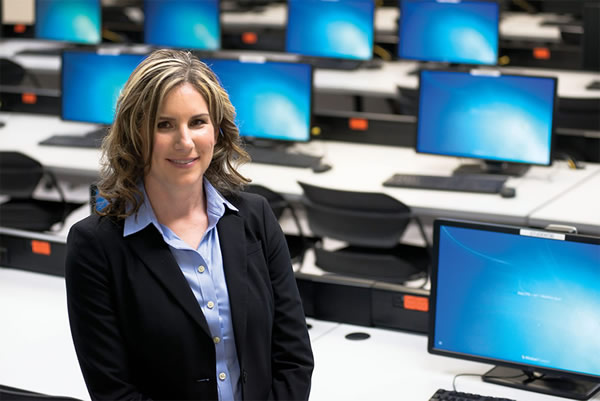
A Passion Project that Also Protects
Michele Maasberg had two passions growing up: computers and flying. She satisfied her love of aviation by serving as a helicopter pilot for the U.S. Navy. The inaugural recipient of the Nancy and Frank Kudla Endowed Fellowship in Information Assurance and Security, Maasberg is now fulfilling her other dream by working on projects that will help create protections against cyberattacks.
“Obtaining a Ph.D. is a full-time job,” Maasberg said, “but throughout my studies I’ve been motivated by my fellowship. I’ve worked hard this past year on my research so that my donors [UTSA alumni Frank Kudla and Nancy Kudla] can see the progress that I’m making in the world of cybersecurity. Their support of my education makes me want to achieve more.”
It’s this kind of commitment that has made UTSA’s the top-ranked cybersecurity program in the nation.
Back to top
Athletics

Opportunity to Fulfill a Dream
Senior multidisciplinary studies major Mauricio Sanchez believed one of his dreams—to play NCAA football—came with restrictions. The San Antonio native had concerns about getting a quality education while playing football and not being able to lend support to his family
But community support, like that from Bill Greehey and the Greehey Family Foundation, which has funded scholarships for athletes and first-generation collegians, helps ensure that Sanchez—as well as other students—gets to fulfill his dream right in his hometown.
Further support, like that of entrepreneur Red McCombs and Alumni Association Lifetime Achievement Award honoree Pat Clynes ’89, helps to improve facilities, including the Clynes Family Strength and Conditioning Center and the Park West Athletics Complex.
Back to top
Nanotechnology
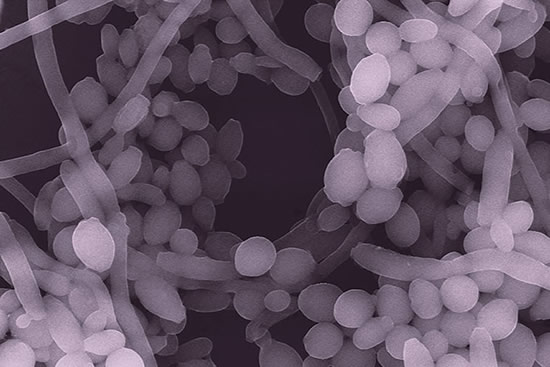
Using Silver to Save Lives
Thousands of patients die every year from infections they get while in the hospital, but UTSA researchers have made a potentially lifesaving discovery.
“Imagine if a jumbo jet taking off from a U.S. airport crashed every week, killing all the passengers,” posits Miguel José Yacamán, physics and astronomy department chair. “Would you still take the jumbo jet? But people have to go to the hospital.”
The rise of drug-resistant organisms has made tackling the problem more difficult; however, using electron microscopes in UTSA’s Kleberg Advanced Microscopy Center—named in honor of the Robert J. Kleberg Jr. and Helen C. Kleberg Foundation, which helped to fund the center—researchers found that silver nanoparticles can help stop the spread of infections from a fungus called Candida albicans. Using a special type of cleanser for instruments, tables, and other implements has so far shown a lot of promise.
The research is just one of the many studies conducted at the center, which houses one of the most complete selections of advanced microscopes in the nation
Back to top
Entrepreneurship
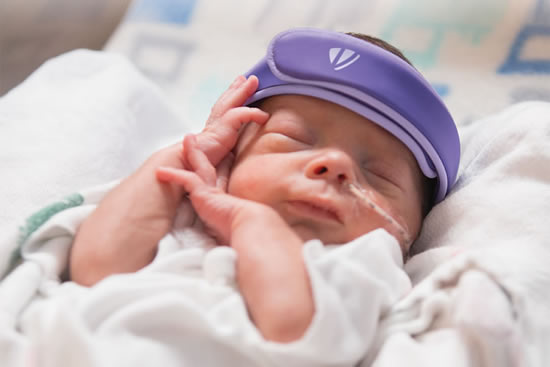
Innovation for the Most Vulnerable
When a UTSA engineering student and fellow classmates were deciding on a class project, his wife, a neonatal nurse, suggested something to protect newborns against cranial deformities. The students created GELshield, a soft helmet to help alleviate cranial pressure in newborns. The pressure sometimes results in flat-head syndrome.
The device won the 2010 competition in UTSA’s Center for Innovation and Technology Entrepreneurship, funded in part by donor gifts. And in 2015, GELshield received federal Food and Drug Administration approval. Invictus Medical, the company formed to produce the device, can now take it to market.
“It’s been exciting to watch this go from an idea and a dream to a device that will help protect the most vulnerable: newborns,” said Christine L. Burke, UTSA’s director of commercialization and technology transfer.
Back to top
Student Life
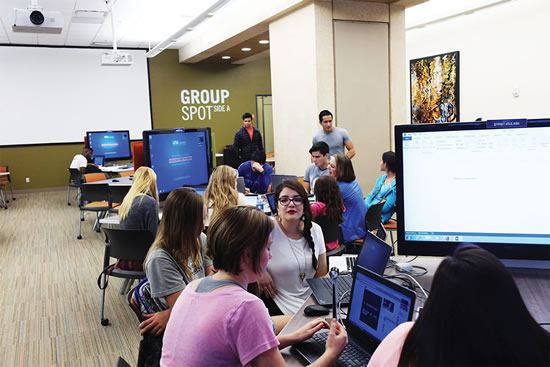
Expanded Facilities, Expanded Learning
UTSA’s John Peace Library now has a digital media classroom, dubbed “the learning lab of the future,” featuring 120 seats for students to work in small groups on individual laptops while also using shared monitors that allow for project collaboration. The Group Spot is part of a UTSA Libraries effort to build a 21st century academic facility, thanks to a gift from the William Randolph Hearst Foundation.
Another Hearst gift is also funding a Peer Research Coaches program, allowing students to get academic assistance from fellow students. UTSA Libraries launched the Peer Coaches program with a group of handpicked students who built the skills and knowledge set needed to serve as resources for their fellow students.
Back to top
Medicinal Research
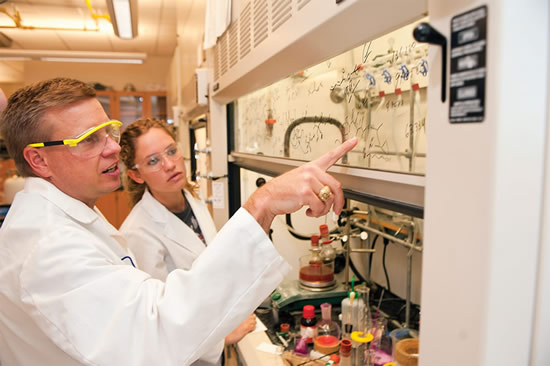
Reaching Further to Find the Cures
Chemistry professor and medicinal chemist Doug Frantz is waging a war against cancer and cardiovascular disease. Frantz uses adult stem cells—already in the body—to help regenerate healthy tissue. His work is part of the Center for Innovation and Drug Discovery, an initiative at UTSA backed by the Max and Minnie Tomerlin Voelcker Fund. Researchers in the center are working to curb—or cure—breast and prostate cancers as well as neurodegenerative disorders like Alzheimer’s, Parkinson’s, and Huntington’s diseases.
“The Voelckers wanted their legacy to advance medicine with the potential to cure diseases,” said Banks M. Smith, a Voelcker trustee. “Supporting UTSA’s medicinal researchers when the university is aspiring to become Tier One gives the opportunity to make a significant impact right here in San Antonio.”
Back to top